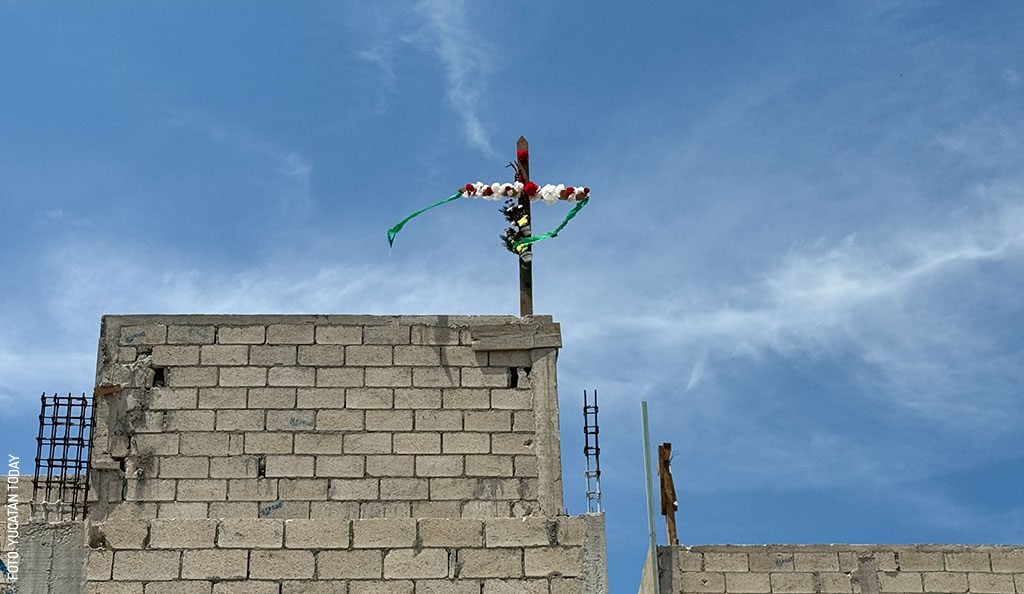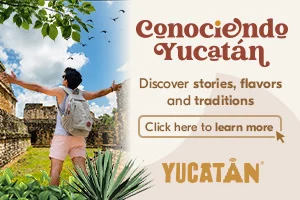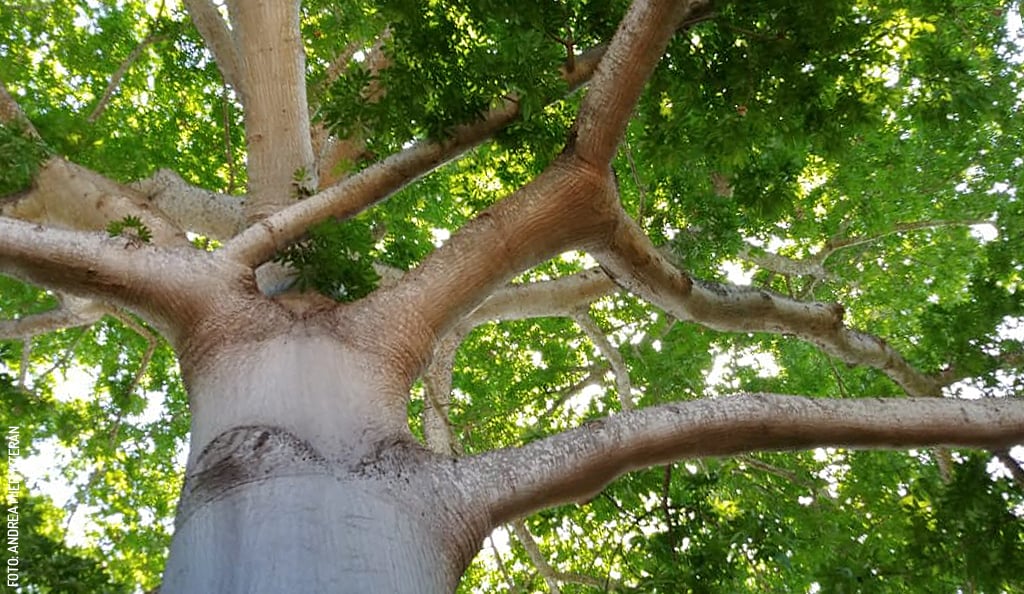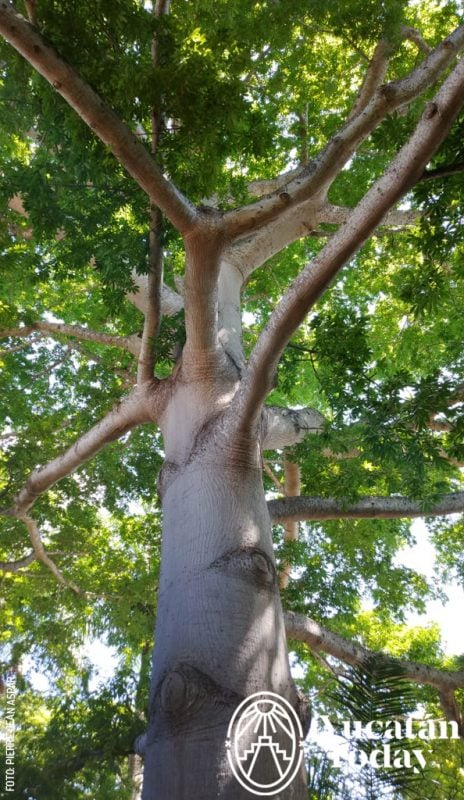 The ceiba tree ( Ceiba petandra), known as Ya'axche' by the Maya, is sacred and revered by diverse prehispanic cultures in Mesoamerica, including, of course, the Maya, the Taínos (Puerto Rico), the Quechuas, the Pipiles, the Nahuas, and in the Afrocuban culture, the Yorubas. It is also revered by some Peruvian tribes, where it is believed that certain forest gods live in the tree.
The ceiba tree ( Ceiba petandra), known as Ya'axche' by the Maya, is sacred and revered by diverse prehispanic cultures in Mesoamerica, including, of course, the Maya, the Taínos (Puerto Rico), the Quechuas, the Pipiles, the Nahuas, and in the Afrocuban culture, the Yorubas. It is also revered by some Peruvian tribes, where it is believed that certain forest gods live in the tree. The Ceiba tree as a representation of the universe
There is a famous legend from the Popol Vuh, that the creator gods planted in the four regions of the cosmos their respective ceiba trees: in the East, the red ceiba; in the West, the black ceiba; in the south, the yellow ceiba; and in the north, the white ceiba. Finally, they planted a fifth ceiba in the center of the four directions, and in its roots, they located the Xibalbá or Mitnal, the dwelling of the dead; at its base, they placed the Kab, or the land where we humans live; and in its trunk and branches they established the dwelling of the gods; and at the top of the tree was located the origin of all the gods, in the form of a magnificent heavenly Quetzal bird.
Due to the importance this tree represented in the life of these civilizations, this giant was always planted in the center of the plazas. It can reach heights of 70 meters and its trunk can have a circumference of up to 5 meters.
The meaning of the ceiba tree
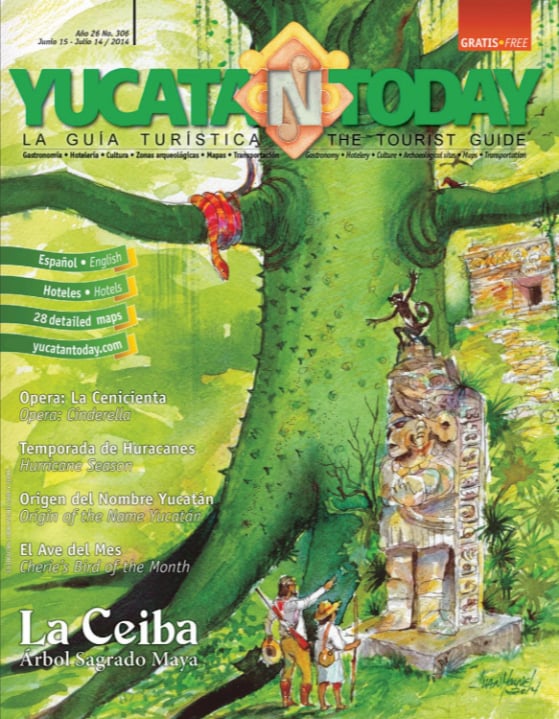 The ceiba signifies life, perpetuity, grandeur, goodness, strength, and unity. There is no other plant which grows as tall, is as beautiful, provides as much shade, and receives as many offerings from its people, from flowers, honey, coins, to even an animal which it accepts with satisfaction, for it represents the magic powers of the sacred tree of the forest.
The ceiba signifies life, perpetuity, grandeur, goodness, strength, and unity. There is no other plant which grows as tall, is as beautiful, provides as much shade, and receives as many offerings from its people, from flowers, honey, coins, to even an animal which it accepts with satisfaction, for it represents the magic powers of the sacred tree of the forest.
The illustration on our June 2014 cover, a watercolor by Juan Manuel Mier y Terán, Director of Yucatan Today, depicts an archaeologist and his guide, ecstatically admiring a Maya stele, and in the background, up on a hill, can be seen the possible dwelling of who, at some time in the past, might have been the king of the region; and in the foreground, a giant ceiba, silent witness to a scene where a spider monkey is on alert due to the presence of an “oxcan” (boa), common serpent in the deep Maya forest. “Nowadays, Man has lost almost all respect for nature and the beings which live there, destroying it and forgetting vital principles in a path of self-destruction, consumerism, lack of sensitivity, and indifference to re-taking the path which was drawn for us, and the teachings of our ancestors and teachers, illuminated by the Creator of the universe,” comments Juan Manuel.
Today, ceibas fill the forest habitat and grow in the most unimaginable places too. In Mérida’s Centro, near the barrio of Santa Ana, is an abandoned casona (see Related Gallery), where through its steel gates, a ceiba tree clamors for its freedom and shouts: Here I am, I am the sacred ceiba, let me out!!!
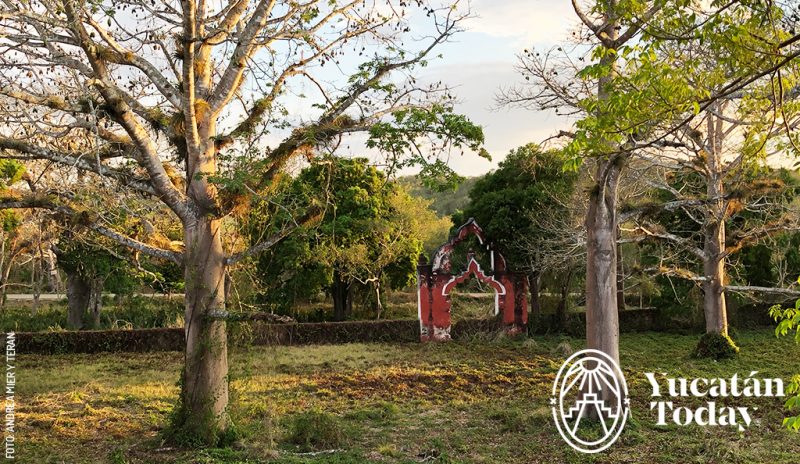
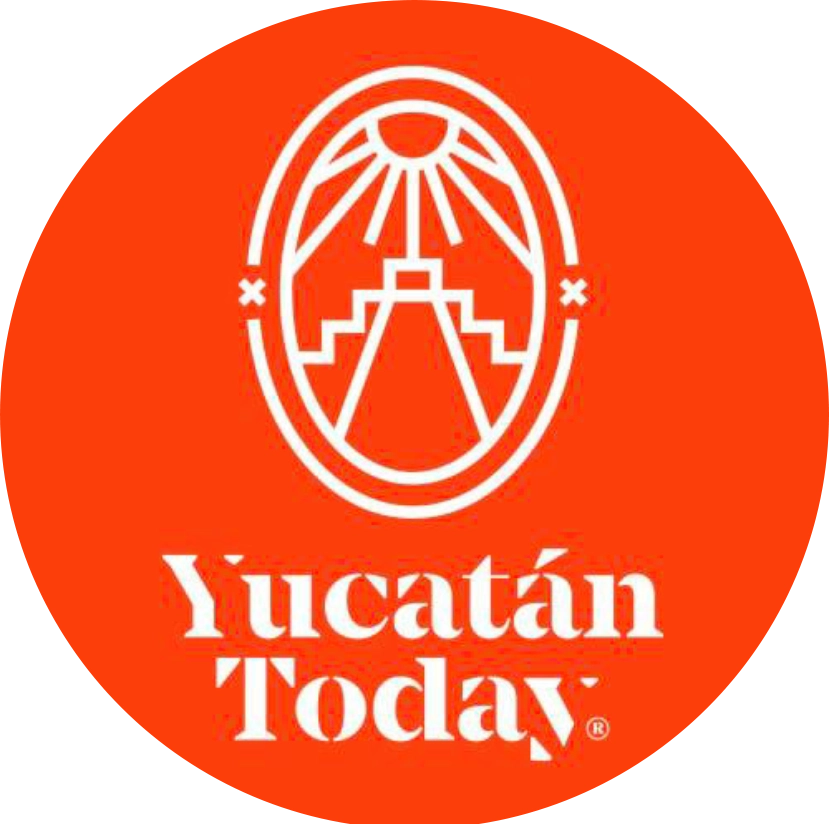
Author: Yucatán Today
Yucatán Today, la compañera del viajero, es un medio bilingüe de información turística sobre destinos, cultura, gastronomía y el qué hacer en Yucatán con 37 años de trayectoria.
¡Receive the latest articles and much more from the best of Yucatán in your email!
Related articles

Who are the Maya? Maya Trees
For the Maya, trees were essential to life; they held a deep respect for them, attributing various qualities. Learn more here.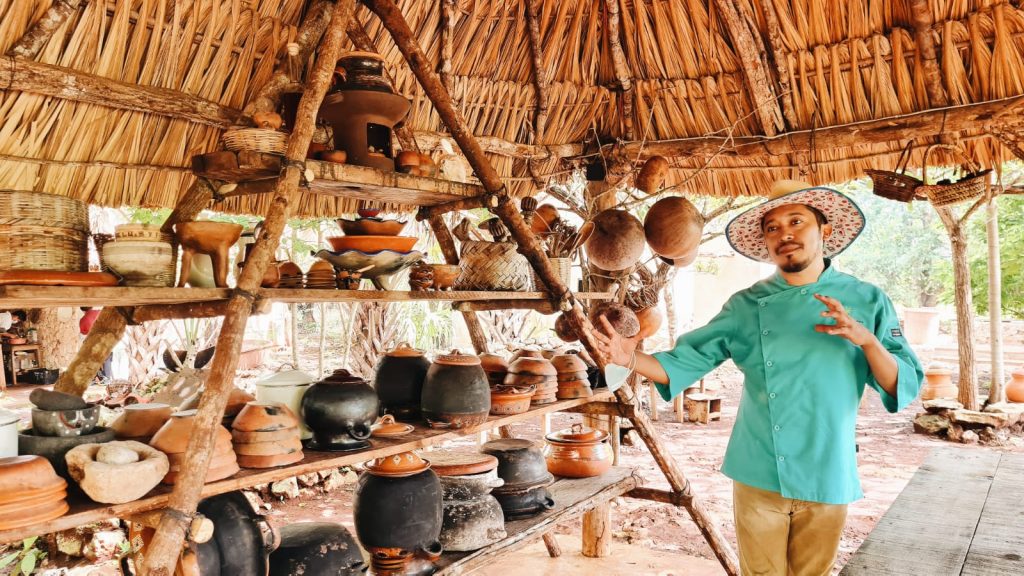
Ya'axche: a Foodie Adventure
Ya'axche is an ethno-gastronomic center offerig multiple approaches to the most traditional side of Yucatecan cuisine.